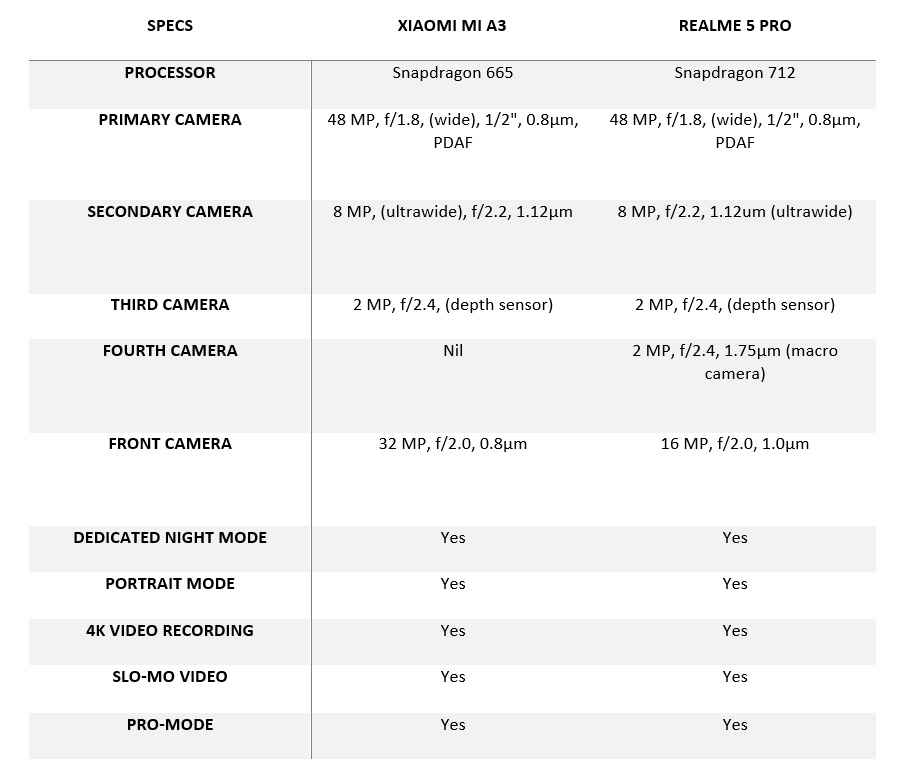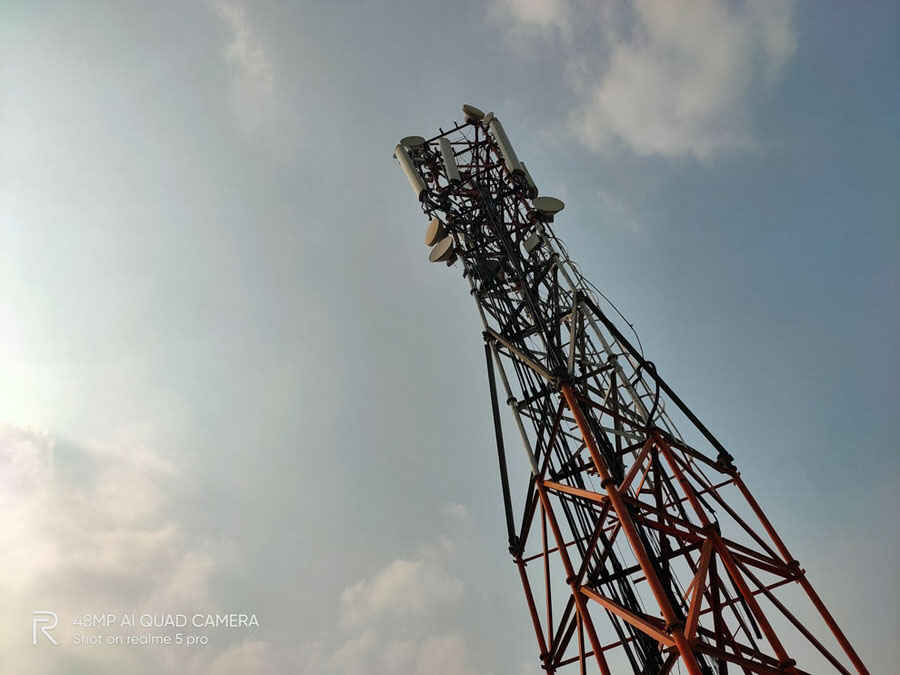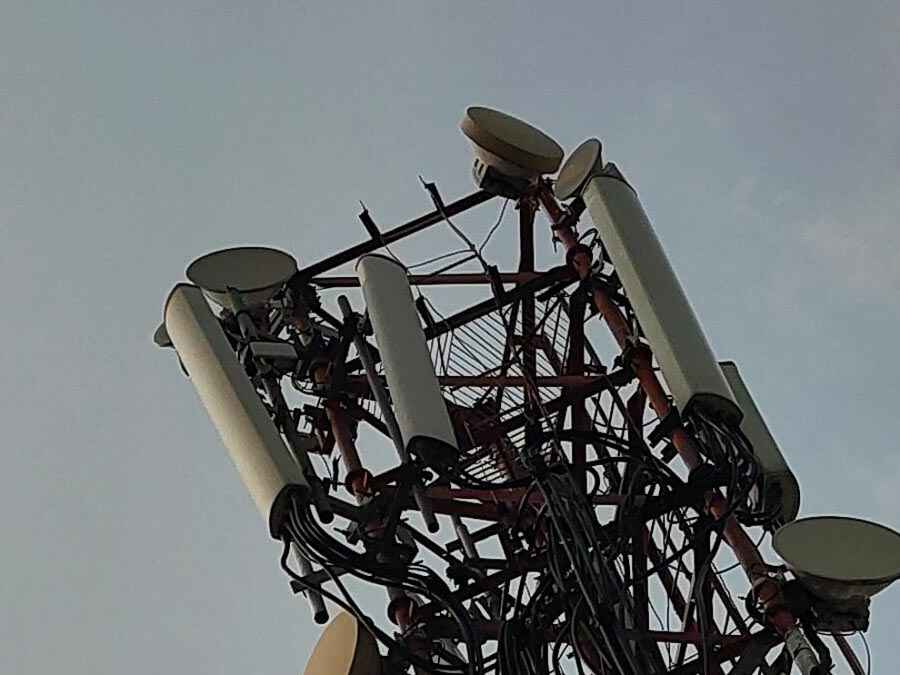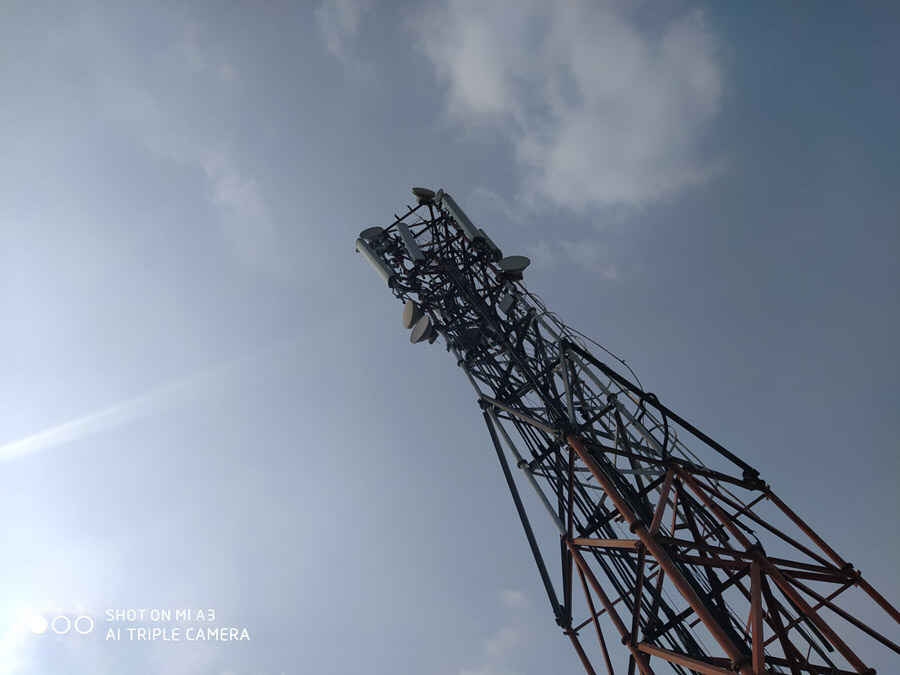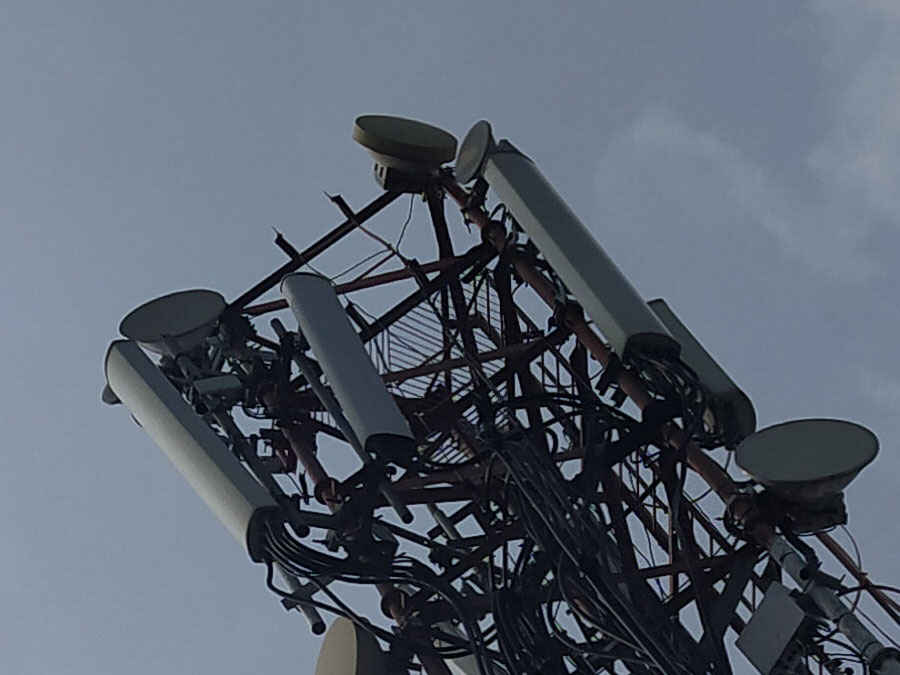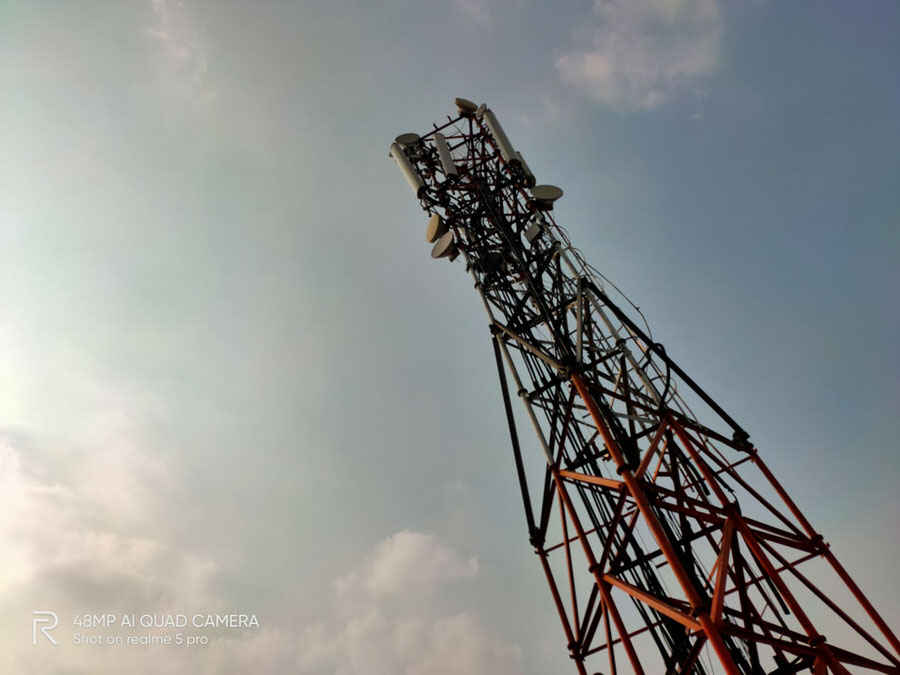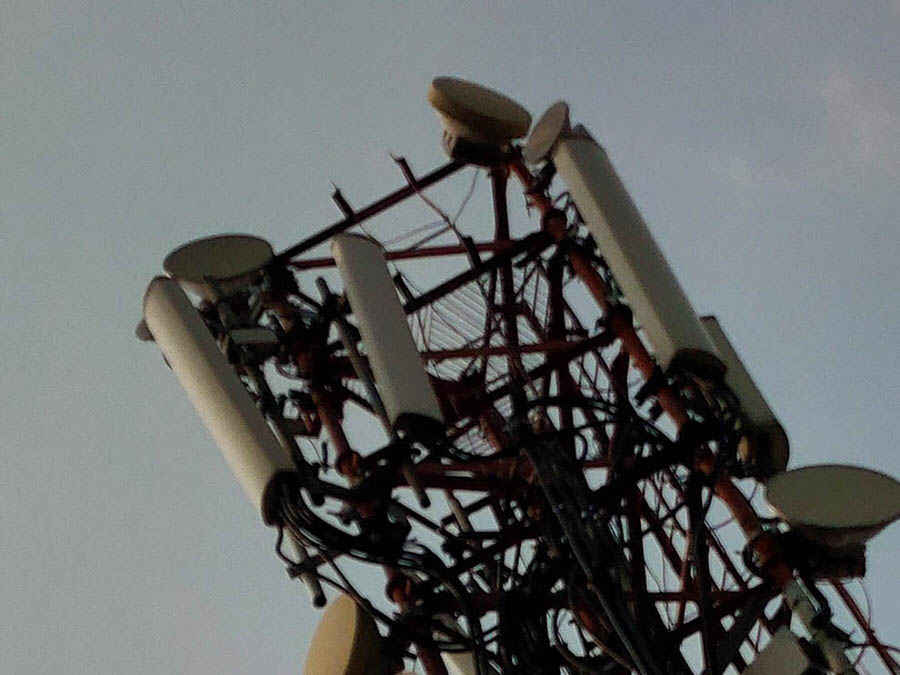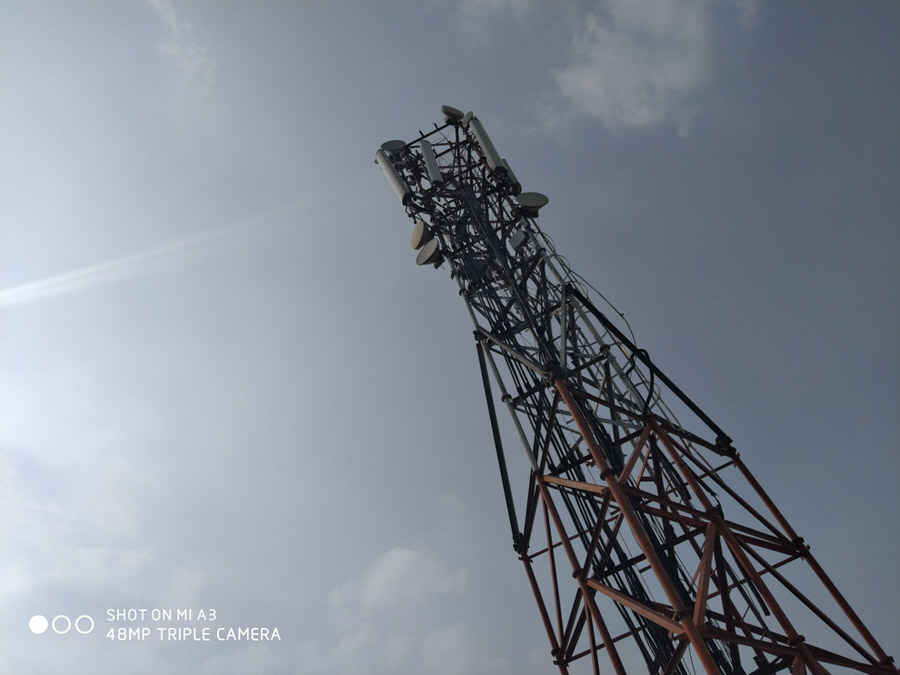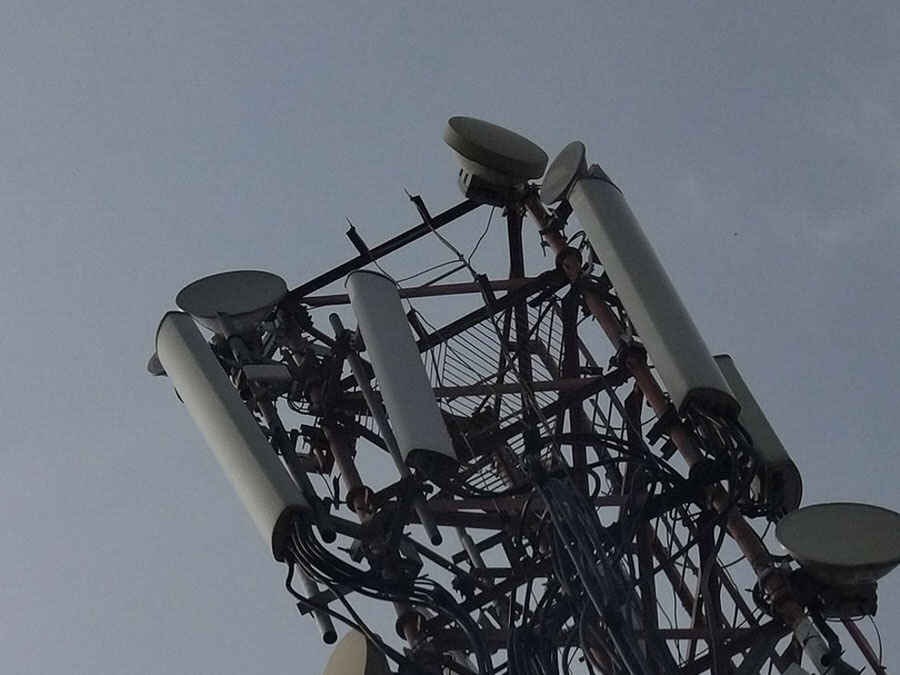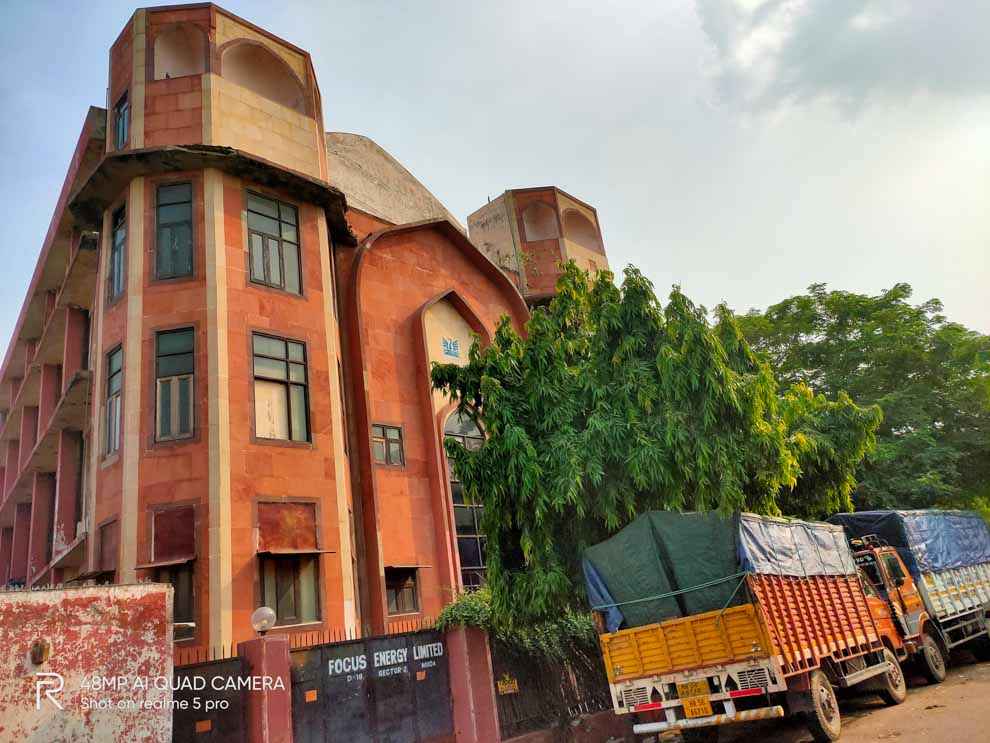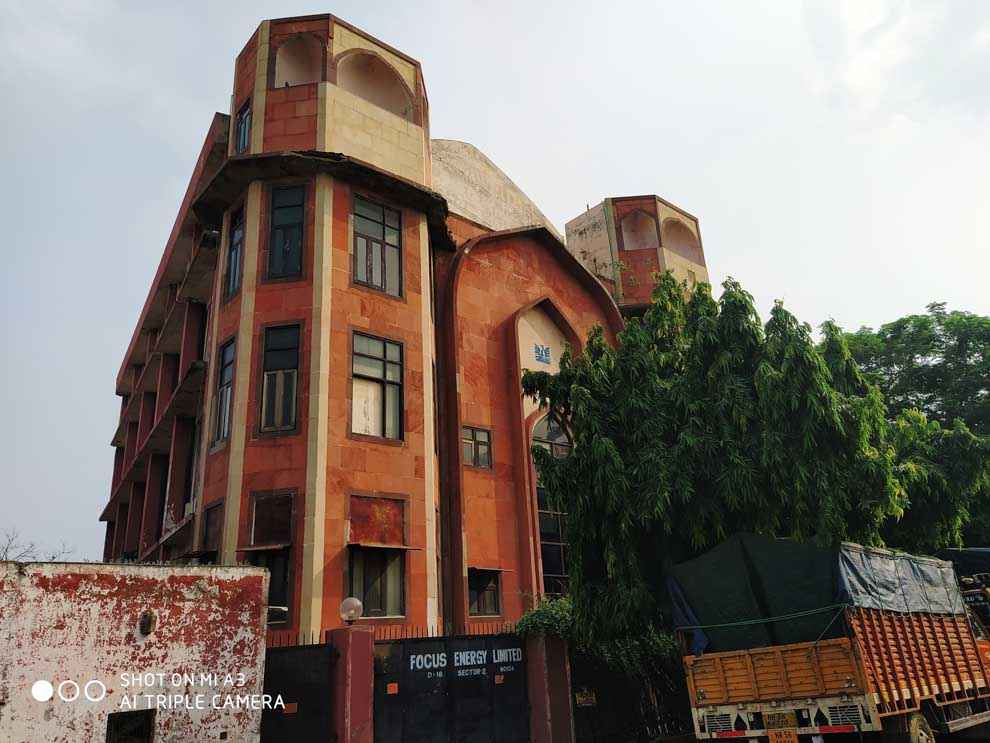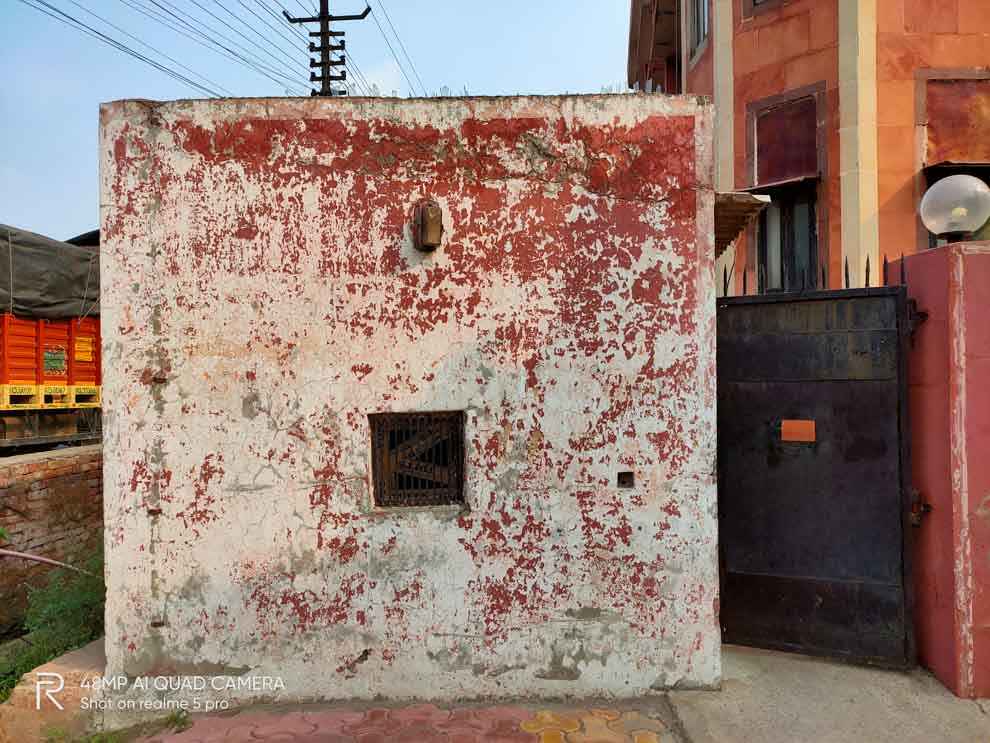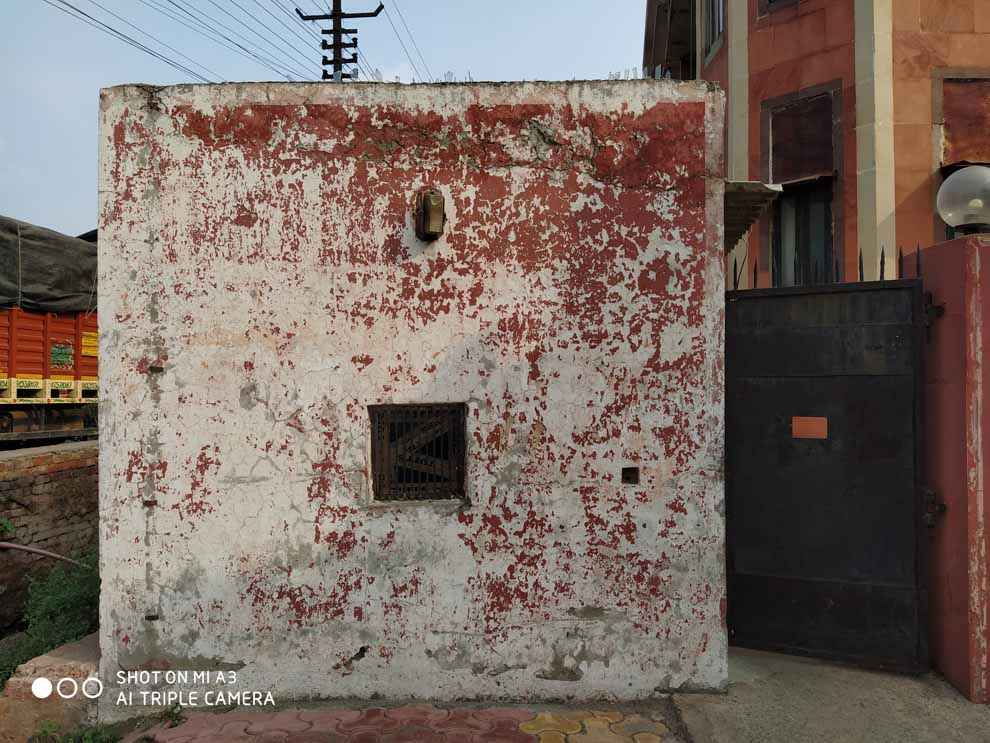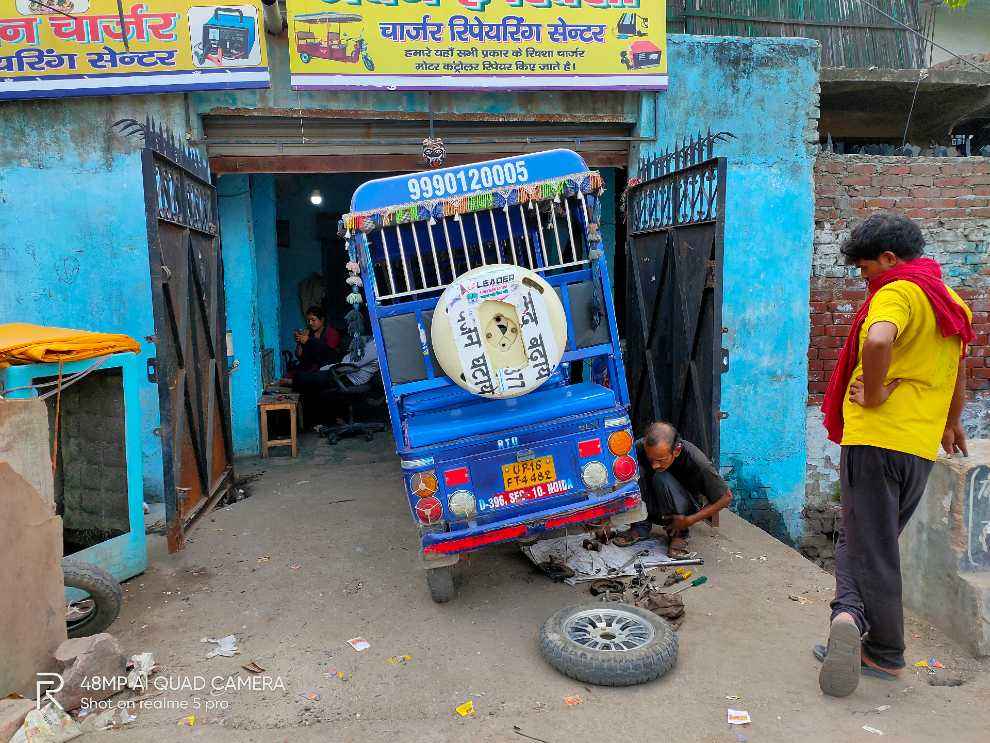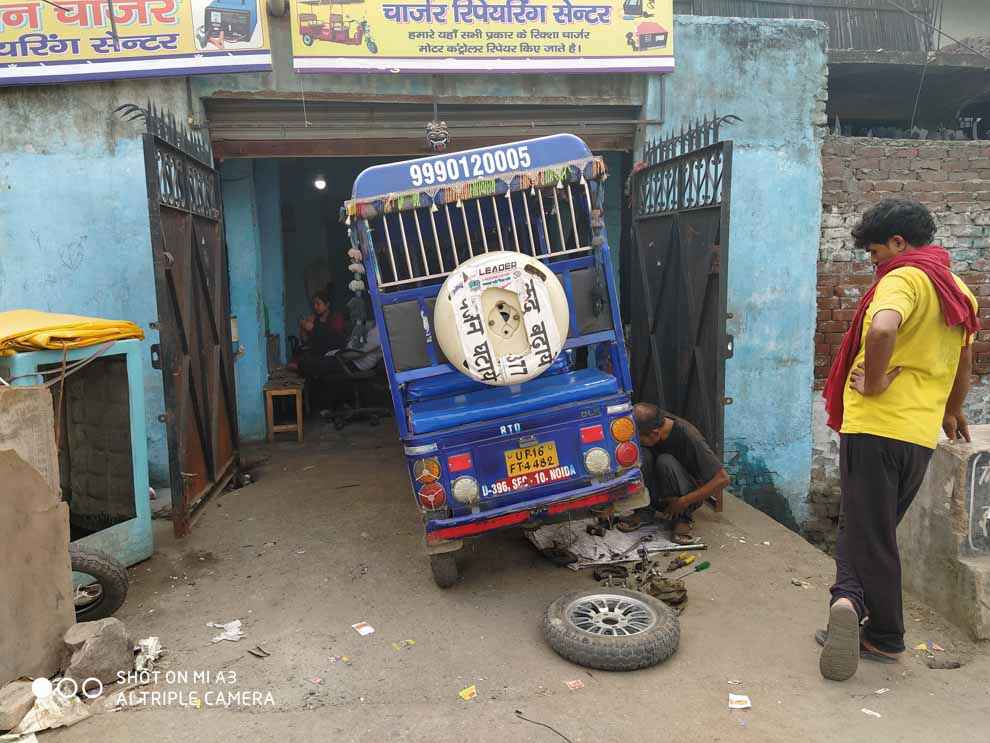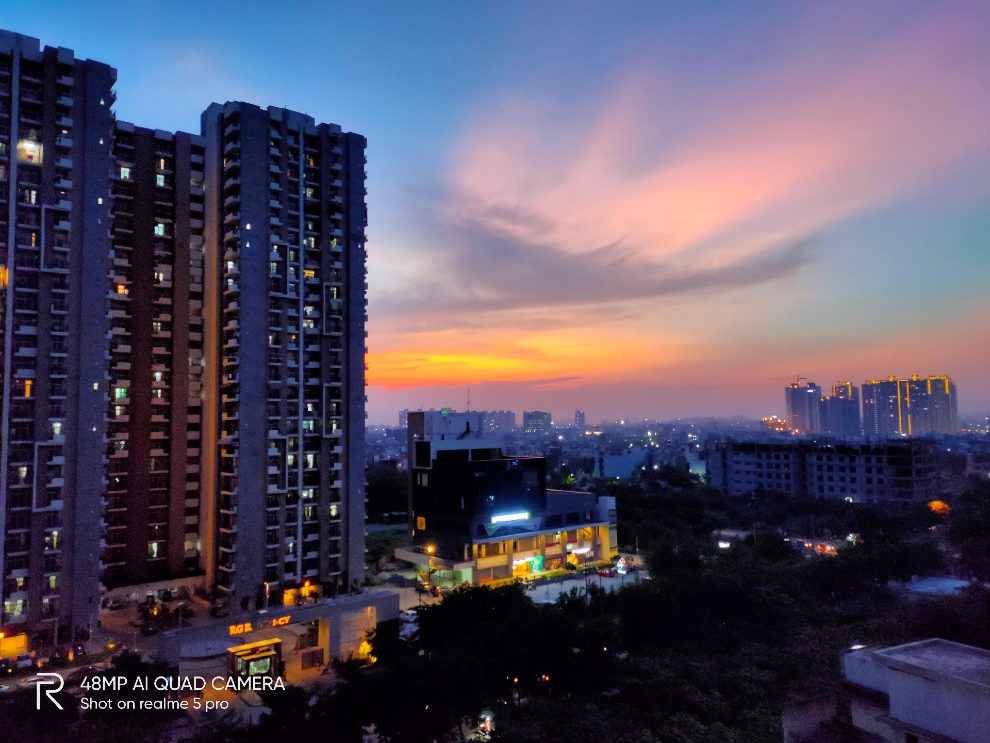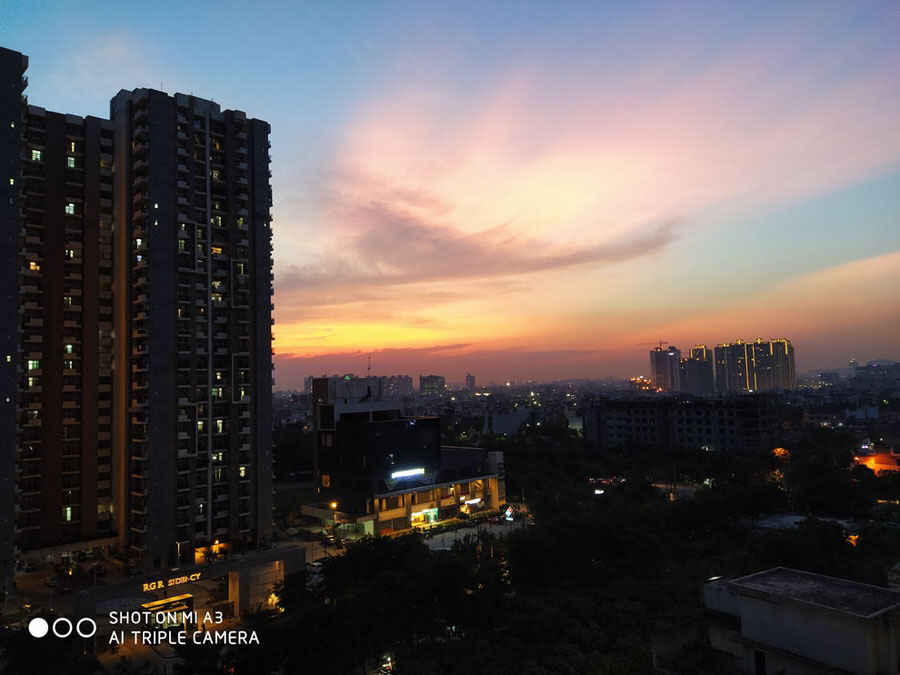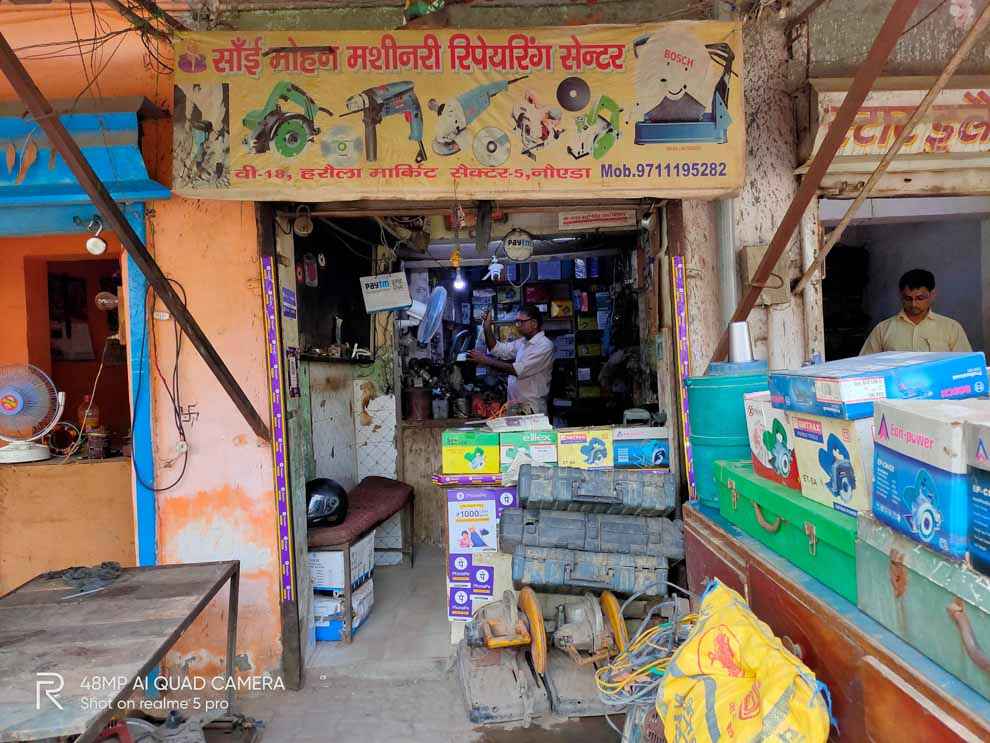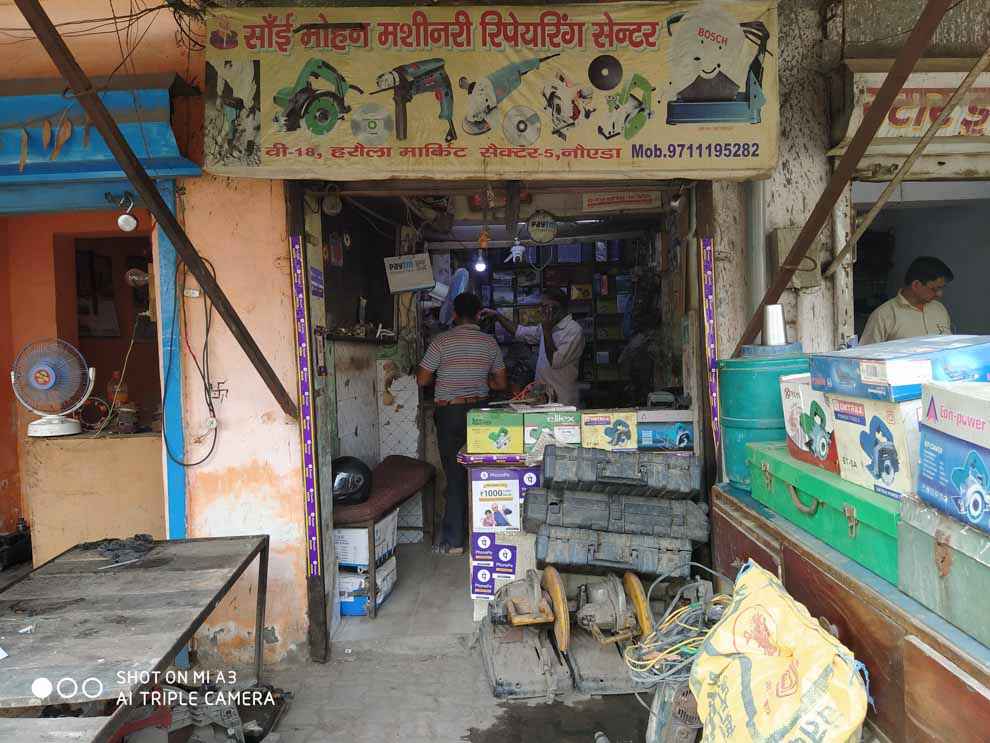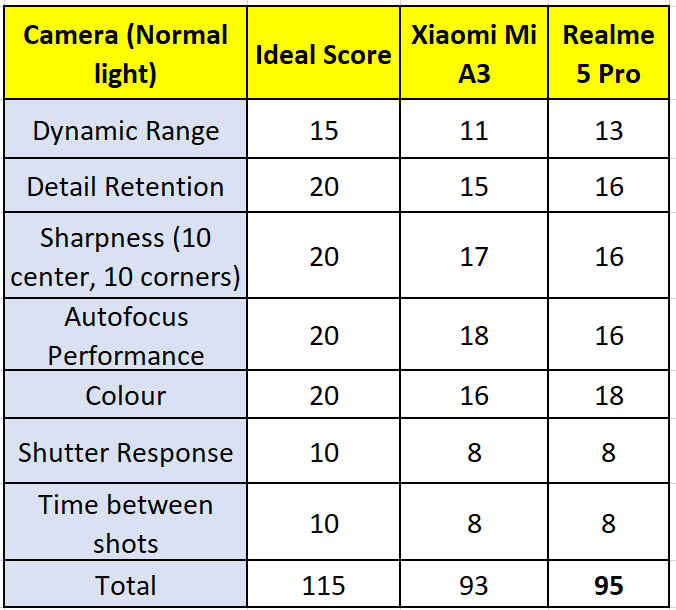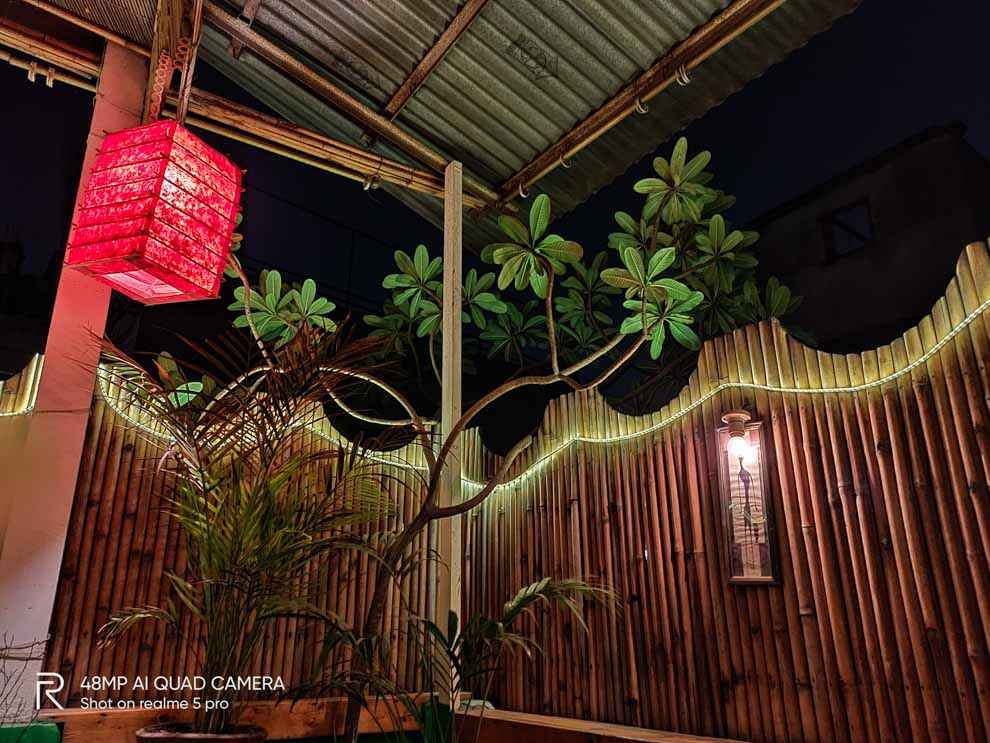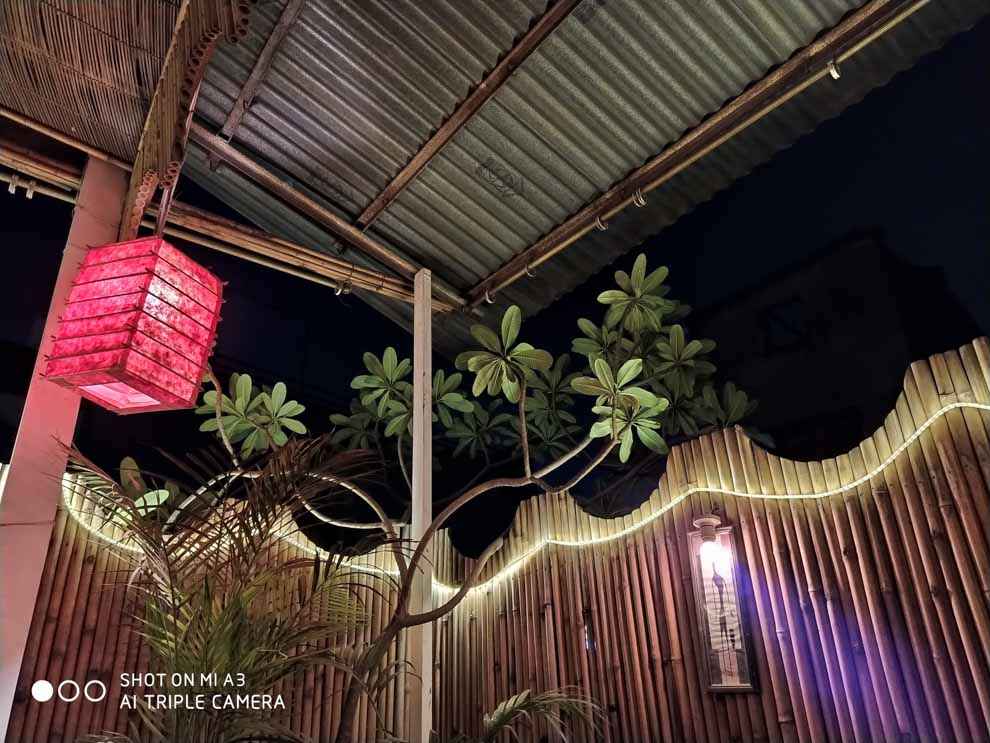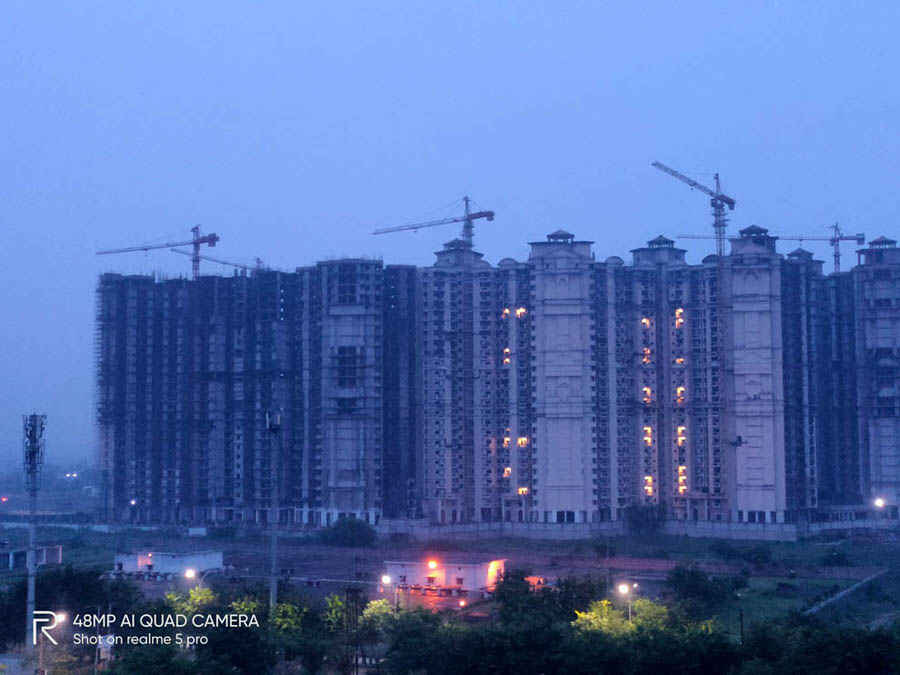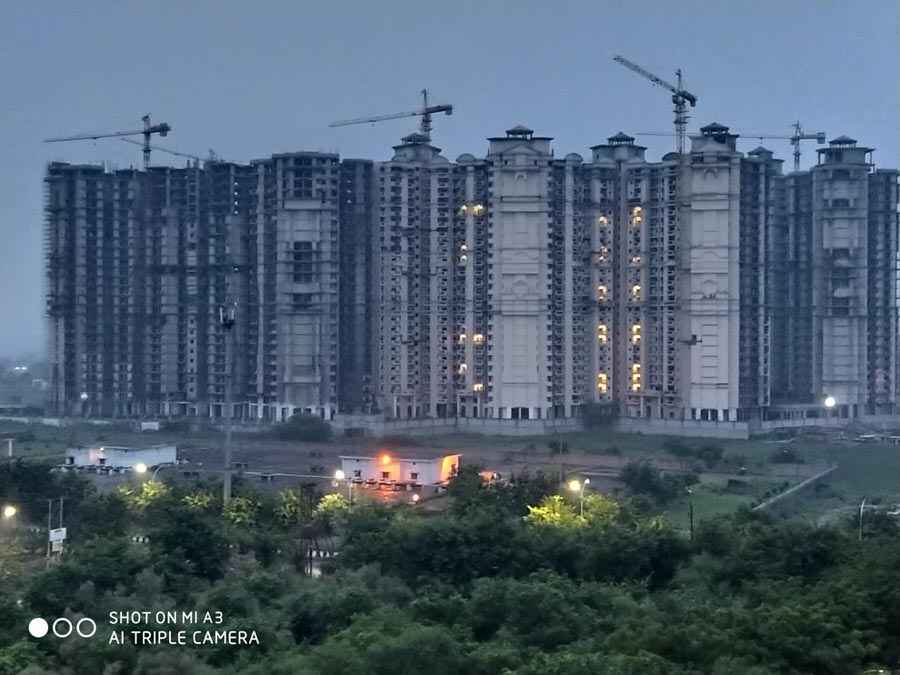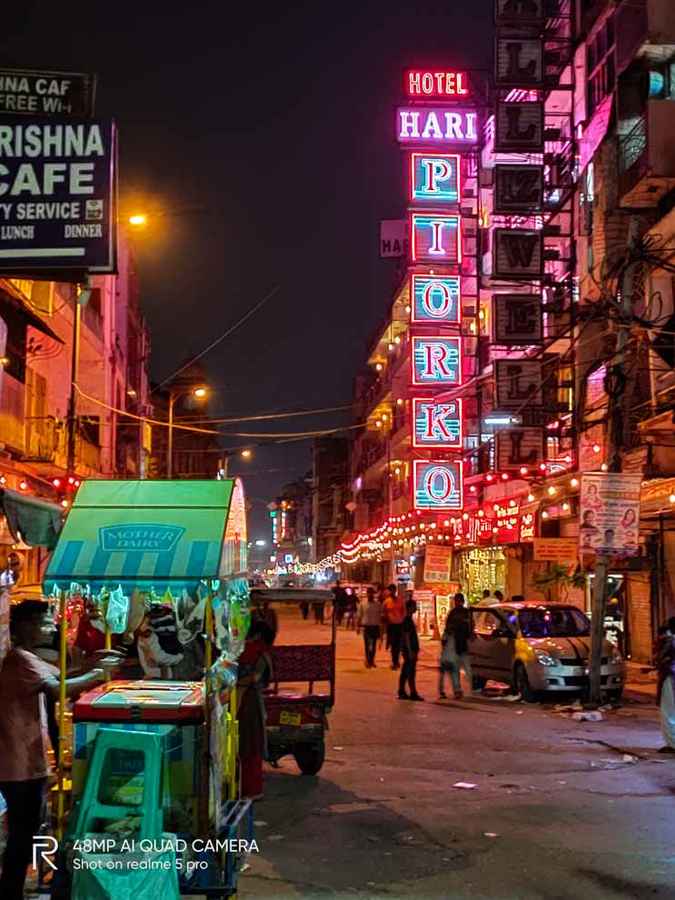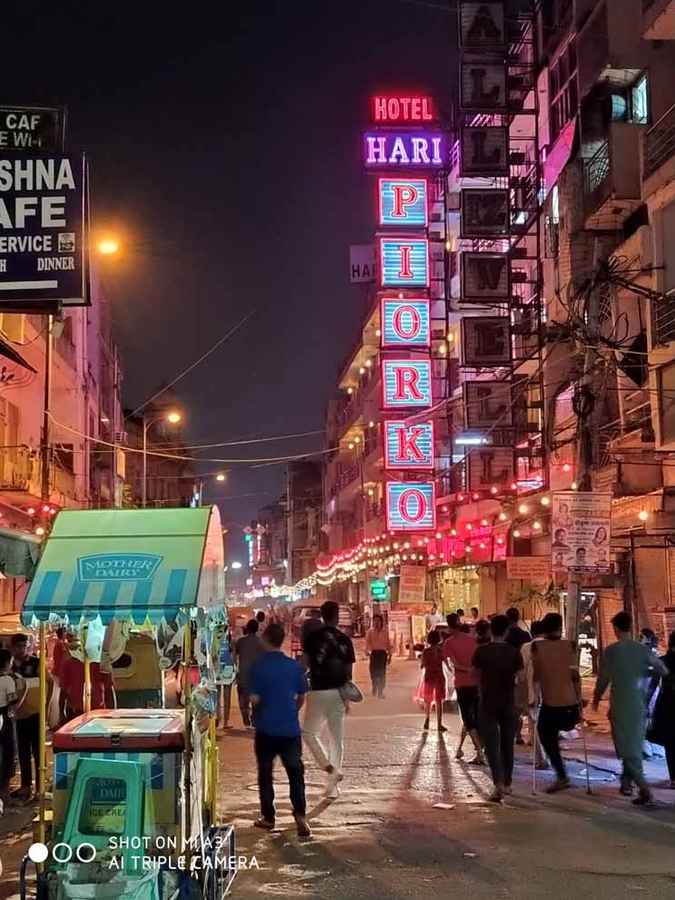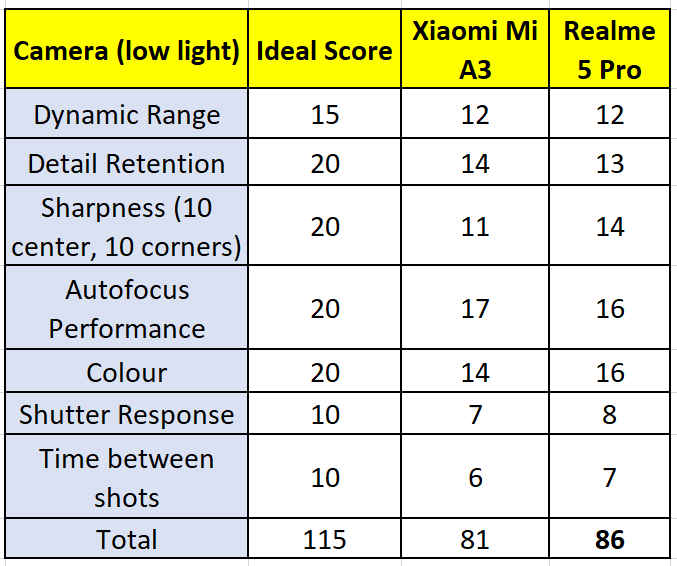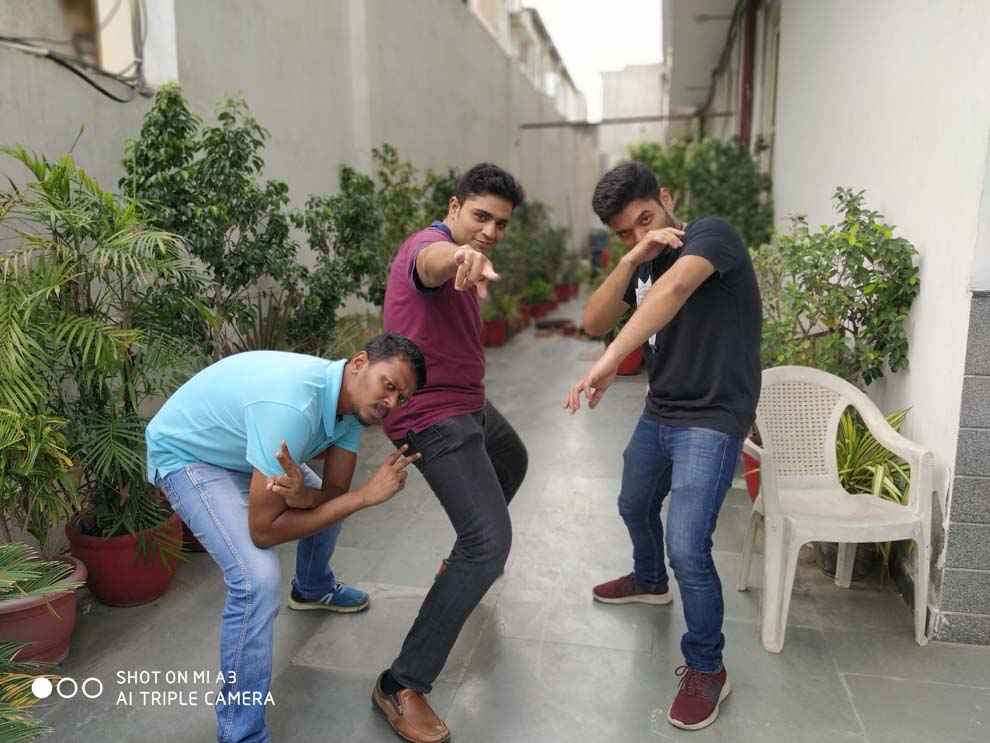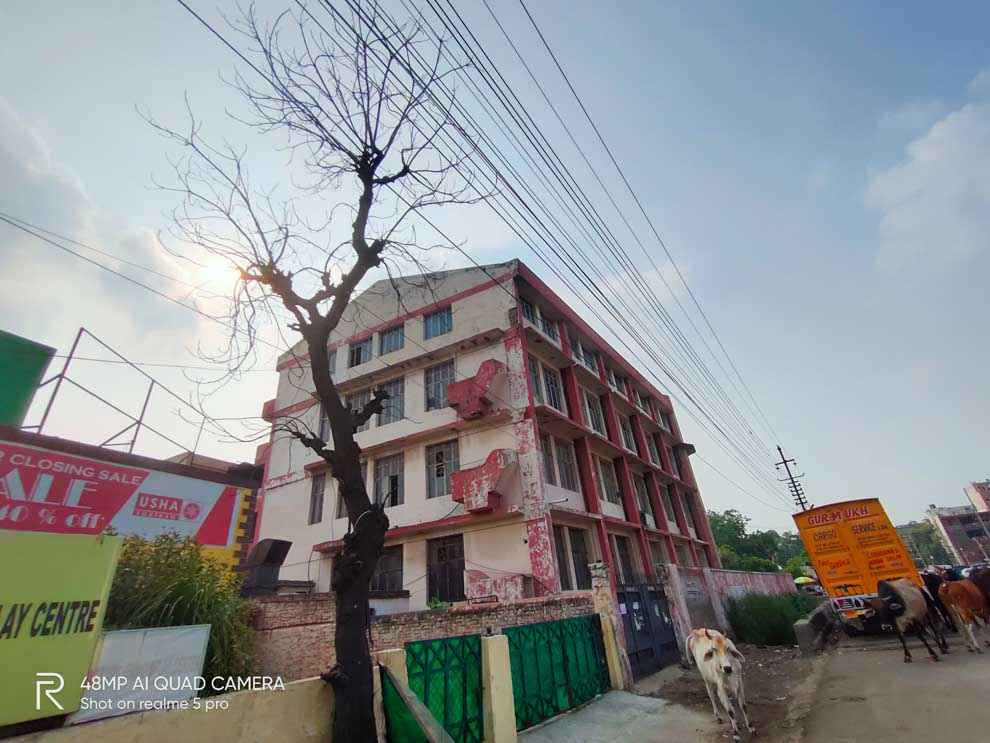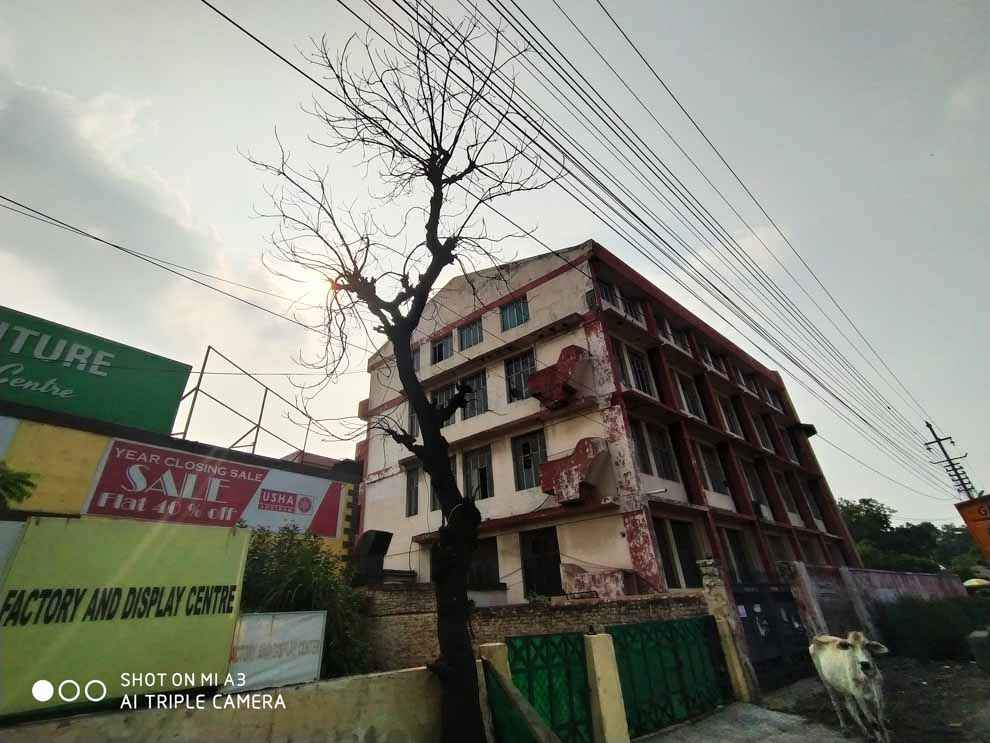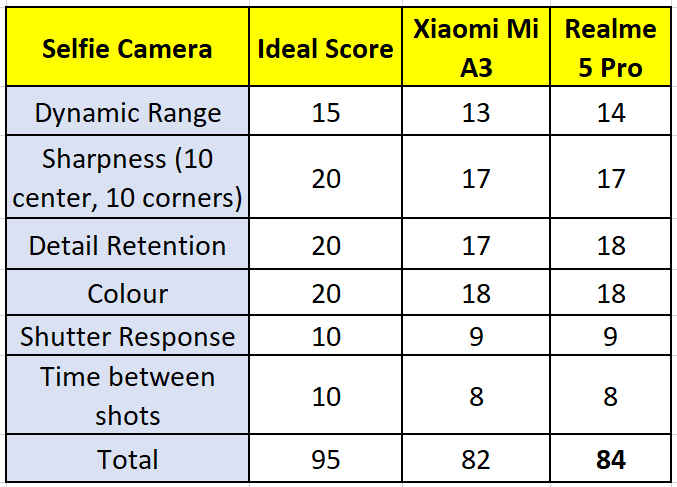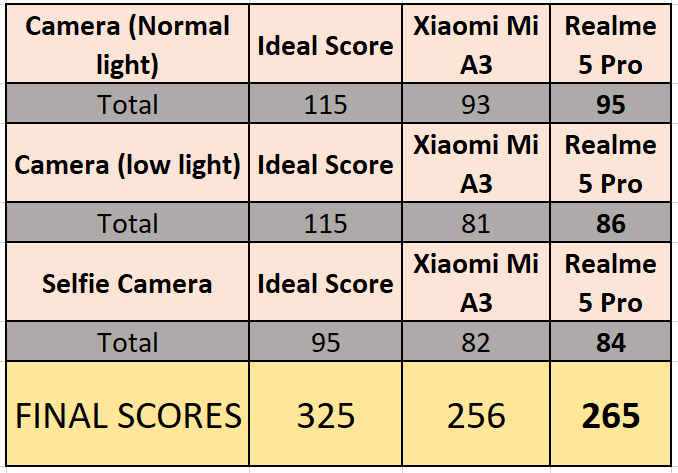Mi A3 vs Realme 5 Pro camera comparison: Taking a closer look at the 48MP sensors
The Xiaomi Mi A3 and the Realme 5 Pro fight it out in our detailed camera shootout.
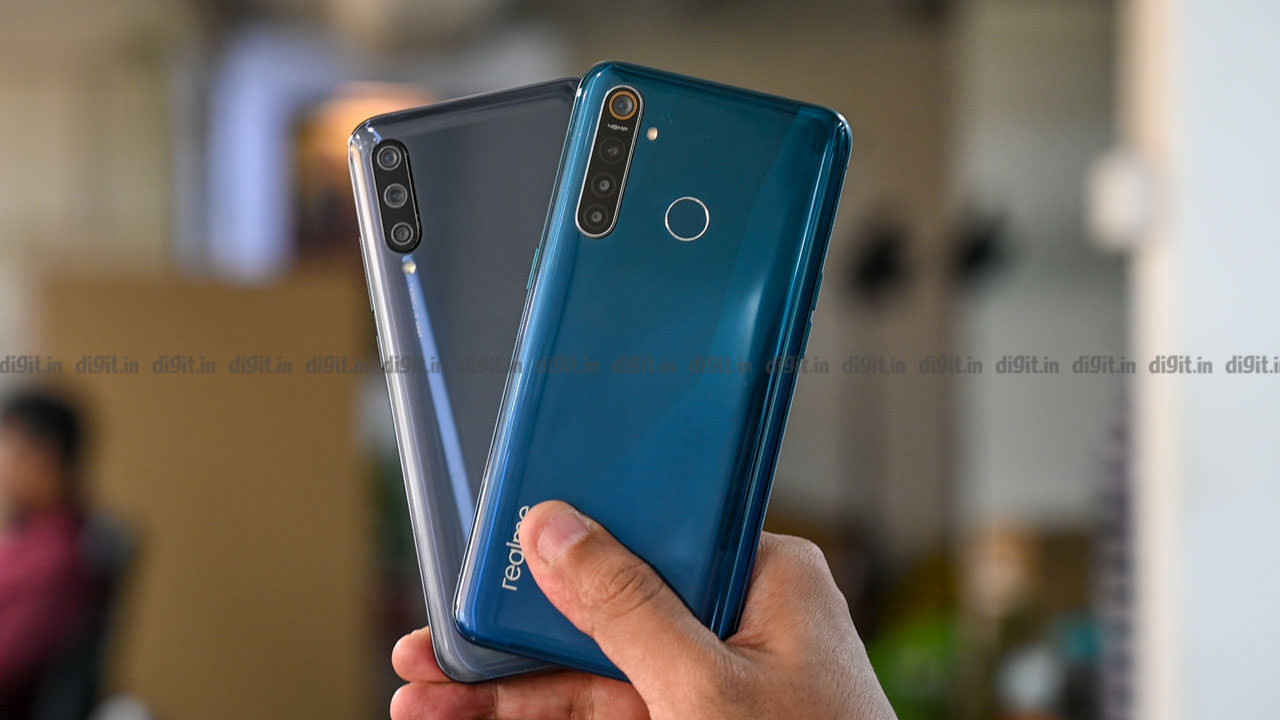
Mid-range smartphones have really made it difficult to justify buying a premium flagship smartphones. Right down from the SoC to the amount of RAM and now the camera, mid-range smartphones have grown from strength to strength this year. The camera was always the weak spot, but with the help of 48MP sensors, the gap is being bridged rapidly. It’s still not as accurate as the ones on the flagship smartphones though, but for the price, there has been a marked improvement. We already explored how the 48MP camera behaved in the mid-range segment with the Redmi Note 7 Pro, and now the Xiaomi Mi A3 also comes with the same sensor. Upping the ante is the presence of the Realme 5 Pro which also comes with the 48MP camera sensor, along with one extra lens that lets you shoot macro photos. Now the Redmi Note 7 Pro was an easy winner to pick last time, but the market has become even more competitive since then and it begs for a fresh comparison to see which is the best 48MP camera smartphone in the mid-range segment right now.
 Survey
SurveyXiaomi Mi A3 vs Realme 5 Pro camera specs
Both the Realme 5 Pro and the Xiaomi Mi A3 are quite similar in terms of the camera hardware that they offer, save for the extra macro lens on the Realme 5 Pro. The rest of the sensors including the 48MP, ultrawide and depth sensors are the same with the same aperture values. What’s different is the ISP being used in the two smartphones. The Snapdragon 665-powered Mi A3 has an inferior Spectra 165 ISP while the Snapdragon 712-powered Realme 5 Pro comes with the Spectra 250 ISP. It will be interesting to see if that makes a significant difference in the image processing. Apart from this, both phones come with dedicated night modes which more or less works the same way, and a portrait mode that makes use of the additional depth sensor. Now let’s dive straight into the images.
Disclaimer: The photos in this comparison have been resized for the web.
Daylight
Sharpness
Shot on Realme 5 Pro (12MP)
100 percent crop
Shot on Mi A3 (12MP)
100 percent crop
Shot on Realme 5 Pro (48MP)
100 percent crop
Shot on Mi A3 (48MP)
100 percent crop
Starting off with the most obvious, the 48MP cameras on both phones are able to create sharp images. Take this complex phone tower for instance. There’s a lot of lines criss-crossing at a distance and most phones would struggle to bring out the fine distinction between the pillars and rods. We took the image in both the default 12MP and in 48MP from both phones, and then cropped by 100 percent to see where both stands. While the 12MP photos from both phones manage to maintain sharpness even when cropped (the pillars are clearly visible), the Realme 5 Pro’s 48MP sample shows smudging and haziness. In comparison, the Mi A3’s 48MP is much clearer and sharper. You can make out the rods and pillar clearly.
Detail Retention and colour reproduction
Shot on Realme 5 Pro
Shot on Mi A3
Shot on Realme 5 Pro
Shot on Mi A3
Shot on Realme 5 Pro
Shot on Mi A3
When it comes to getting the details right, both the Mi A3 and the Realme 5 Pro offer commendable performance. Just that the Realme 5 Pro implements its own algorithm that boosts the colours and contrast so that everything appears a lot more vivid. The Mi A3’s photos, in comparison, looks pale, but more neutral and closer to the original colour. The Realme 5 Pro does tend to produce images with more detail in the shadow areas in comparison to the Mi A3 owing to the higher brightness in images. The Realme 5 Pro’s colour boosting algorithm also makes the photos more social-media friendly, but Xiaomi atleast gives you the option to keep things closer to source.
Dynamic Range
Shot on Realme 5 Pro
Shot on Mi A3
Shot on Realme 5 Pro
Shot on Mi A3
The 48MP sensors do promise higher dynamic range as compared to smaller sensors, and that’s quite apparent in these samples. Both photos are able to handle both highlights and shadows quite well, bringing out details from darker areas as well as the bright spots. The Realme 5 Pro, on top of that, applies its own enhancement algorithm to bring out more details in the shadows and also to boost the contrast, as you can see from the sunset sample where the building on the left has next to no details on the Mi A3, but the Realme 5 Pro manages to bring out the details of the building, albeit with a lot of noise.
In the second sample, the details inside the shop is clearer on the Realme 5 Pro than on the Mi A3, particularly because of the brightness boost. Even the colours of the wall and the signboard are boosted to bring out a higher saturation.
Lowlight
Sharpness
Shot on Realme 5 Pro
Shot on Mi A3
Moving on to lowlight, it’s easy to see the higher sharpness in the Realme 5 Pro’s sample. The leaves in the background is far sharper and even in the light strip, individual LEDs can be made out. Both photos are taken using the in-built night mode, and while it does take a little more time to take the photo, the result is much better. The Mi A3’s sample look a lot blander. That vibrancy is missing which the Realme 5 Pro manages to bring out in a lowly lit scene.
Detail Retention
Shot on Realme 5 Pro
Shot on Mi A3
The same vivid nature of the photo is maintained by the Realme 5 Pro but both the Mi A3 and the Realme 5 Pro loses out details in the edges. The level of noise in the sample from Realme 5 Pro is also higher as compared to the Mi A3, and that’s particularly because of the colour boosting algorithm it applies which render the liveliness to the photo. It works when there’s ample light, but at low-light it leads to more noise. The Mi A3’s sample is once again more neutral but it’s easy to make out the windows in the far away building. Having said that, neither of the phone could get the foliage right. In both cases, they appear smudged, dark and hazy.
Dynamic Range
Shot on Realme 5 Pro
Shot on Mi A3
As far as dynamic range in low-light concerned, it’s a tie between the two. The Realme 5 Pro’s photo is more vivid but the Mi A3 is able to produce more details across the frame, be it around the neon lit hoarding or the hoarding that’s not lit up. There’s noise in both the samples, the result of high ISO which the multi-frame processing couldn’t remove completely.
Portrait Mode
Shot on Realme 5 Pro
Shot on Mi A3
Portrait photos rely on the additional depth sensor and both the Mi A3 and the Realme 5 Pro do a commendable job. Just that the Mi A3’s subject separation is more flawed. The fingers in the photos are partially blurred in the Mi A3 and so is the hairline when you zoom in. The Realme 5 Pro’s sample is more consistent. The Mi A3’s depth of field is also more inconsistent with the blurring picking up suddenly right behind the subjects, but the Realme 5 Pro’s bokeh is more concentrated in the background.
Wide-angle lens
Shot on Realme 5 Pro
Shot on Mi A3
This one was an easy sample to judge. Both samples show a big degree of distortion. The cow in the photo is almost squeezed by distortion, but the Realme 5 Pro’s sample is brighter and the colours are consistent with the original scene. The Mi A3’s sample is darker and lacking in details.
Front Camera
Shot on Realme 5 Pro
Shot on Mi A3
The front camera of the two phones are separated by the number of megapixels in the sensor (the Mi A3 has more), but the results are better on the Realme 5 Pro, but only by a tiny margin. I particularly liked the Realme 5 Pro’s selfie because of the slight change in colour on the side of the face that’s against the light. Otherwise, the details are very similar in both. Only the Mi A3’s beautifying algorithm is a little more apparent.
Final Scores
